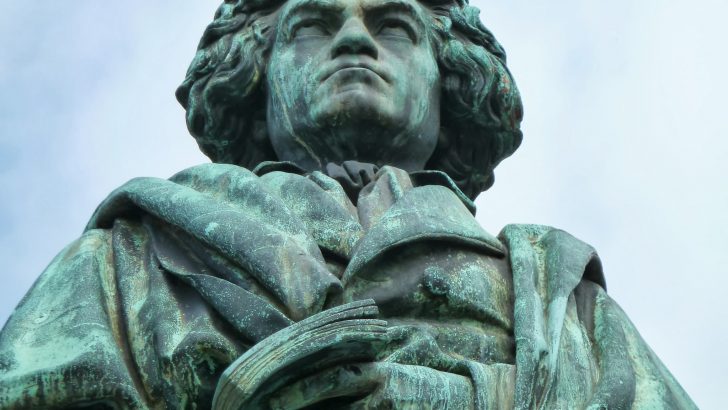While I wrote about Beethoven’s String Quartets at various times during his 250th anniversary last year, other topics diverted me along the way only allowing me to reach his 13th – Op 130.
Beethoven’s C sharp minor 14th Quartet was written in the first half of 1826. Arguably the greatest of his last five, it is a natural culmination of ideas already germinating in the two quartets preceding it and with them may be regarded as a triptych as really everything points to their artistic unity.
The piece is said to have been Beethoven’s favourite quartet. He rather flippantly wrote to his publisher that it was “put together by pilfering from this and that” and it took him some time to convince the concerned printer he was joking.
The work was not heard in public until 1835, quite some time after Beethoven’s death on March 26, 1827 – but there were some private performances in Vienna in the interim. According to Karl Holz – a member of Beethoven’s favourite Schuppanzigh string quartet ensemble – when Schubert heard the piece shortly before his death in 1828 he “fell into a state of such excitement and enthusiasm that we were all frightened for him”. Schubert’s own comment was, “after this what is left for us to write?”
Played without a break and lasting about 45 minutes, the seven-movement Op 131 requires an element of effort on the listeners’ part to take it all in. The central Andante variations hold the design together while the first and last movements balance each other by being in the same key and by having a greater emotional intensity. The second and third also balance the fifth and sixth, each pair consisting of a quick cheerful movement and a short introductory one.
The innovative Beethoven discards first movement form by opening with a fugue, which is one of his finest. The subject has two phrases, the first rising and the second falling.
The following allegro molto vivace finds Beethoven looking back in time with a dance-like movement similar to one found in a Baroque suite. The theme makes four appearances in all while the flow of the music is interrupted momentarily eight times. Eventually this leads into a short allegro moderato and then on to the central andante ma non troppo. Its simple theme has six variations embroidered with delightful instrumental colouring and rhythmic subtlety.
The last three movements begin with a furiously headstrong, yet humorous, presto followed by a short adagio quasi un poco andante. The allegro finale itself is the only movement in traditional sonata form. Despite its breathless galloping rhythm, there are also hints of despair.
Richard Wagner described it as follows – “This is the fury of the world’s dance – fierce pleasure, agony, ecstasy of love, joy, anger, passion and suffering; lightning flashes and thunder rolls; and above the tumult the indomitable fiddler whirls us on to the abyss. Amid the clamour he smiles, for to him it is nothing but a mocking fantasy; at the end, the darkness beckons him away, and his task is done”.



